

- RFQ
- BOM
-
Contact Us
Tel: +86-0755-83501315
Email: sales@sic-components.com
- Chinese
- English
- French
- German
- Portuguese
- Spanish
- Russian
- Japanese
- Korean
- Arabic
- Irish
- Greek
- Turkish
- Italian
- Danish
- Romanian
- Indonesian
- Czech
- Afrikaans
- Swedish
- Polish
- Basque
- Catalan
- Esperanto
- Hindi
- Lao
- Albanian
- Amharic
- Armenian
- Azerbaijani
- Belarusian
- Bengali
- Bosnian
- Bulgarian
- Cebuano
- Chichewa
- Corsican
- Croatian
- Dutch
- Estonian
- Filipino
- Finnish
- Frisian
- Galician
- Georgian
- Gujarati
- Haitian
- Hausa
- Hawaiian
- Hebrew
- Hmong
- Hungarian
- Icelandic
- Igbo
- Javanese
- Kannada
- Kazakh
- Khmer
- Kurdish
- Kyrgyz
- Latin
- Latvian
- Lithuanian
- Luxembou..
- Macedonian
- Malagasy
- Malay
- Malayalam
- Maltese
- Maori
- Marathi
- Mongolian
- Burmese
- Nepali
- Norwegian
- Pashto
- Persian
- Punjabi
- Serbian
- Sesotho
- Sinhala
- Slovak
- Slovenian
- Somali
- Samoan
- Scots Gaelic
- Shona
- Sindhi
- Sundanese
- Swahili
- Tajik
- Tamil
- Telugu
- Thai
- Ukrainian
- Urdu
- Uzbek
- Vietnamese
- Welsh
- Xhosa
- Yiddish
- Yoruba
- Zulu
- Kinyarwanda
- Tatar
- Oriya
- Turkmen
- Uyghur
Digital Electronics
I. Introduction
In the vast landscape of modern electronic technology, digital electronics holds an irreplaceable core position. As a crucial branch of electronics, it focuses on the study of various systems and devices that represent data using digital signals. Its discrete data processing characteristics starkly contrast with those of analog electronics. Analog electronics deals with signals that change continuously over time, such as the sound waves of natural speech or the gradual curves of environmental temperature. In contrast, digital electronics uses binary codes "1" and "0" to represent information. This discrete processing method endows it with extremely high anti - interference capabilities and precision in data storage, transmission, and processing.
From everyday devices like smartphones and smartwatches to complex industrial automation production lines and satellite communication systems, the applications of digital electronic technology have deeply penetrated all aspects of social life. It has not only revolutionized the way humans interact with computers and propelled the leapfrog development of communication technology from analog to digital signals but also achieved unprecedented precision and intelligence in the field of automatic control. It can be said that digital electronic technology has become the core driving force for the operation of modern electronic devices and systems and is an important cornerstone for understanding the development of contemporary science and technology.
II. Evolution of Digital Electronic Technology
The development of digital electronic technology is an epic of innovation spanning several centuries. In 1705, Gottfried Wilhelm Leibniz, a German mathematician, improved and published the binary number system, laying the mathematical foundation for digital electronics. In the mid - 19th century, George Boole founded Boolean algebra, constructing the theoretical framework of digital logic. In 1886, Charles Sanders Peirce revealed the application of electrical switch circuits in logical operations, marking an important beginning of electronic logic implementation.
Entering the 20th century, technological breakthroughs occurred in rapid succession. In 1907, Lee De Forest improved the Fleming valve, realizing the function of an early electronic AND gate. In 1947, the point - contact transistor was invented at Bell Labs, and in 1948, the bipolar junction transistor (BJT) was introduced, opening the era of transistor circuits. From 1958 to 1959, Jack Kilby invented the germanium - based integrated circuit, and Robert Noyce developed the silicon integrated circuit, marking the entry of electronic devices into the integration stage. In the 1970s, large - scale integration (LSI) technology integrated more than 10,000 transistors on a single chip. In the 1980s, the breakthrough of CMOS technology enabled the integration of millions to billions of transistors. In the 1990s, the innovation of radio - frequency circuits based on MOSFETs paved the way for digital communication and multimedia technology.
III. Classification System of Digital Electronic Systems
Digital electronic systems can be classified into combinational logic systems and sequential logic systems according to their working principles. The output of combinational logic systems depends entirely on the current input signals, and they have no internal memory elements. Typical applications include adders and encoders, which are often used in immediate data processing scenarios. Sequential logic systems, on the other hand, consider not only the current input but also the historical state of the system. They contain memory elements such as flip - flops and counters and are suitable for situations where state changes need to be recorded, such as the instruction execution sequence control of computers. In addition, according to functional attributes, they can also be subdivided into professional - field systems such as digital signal processing systems and digital control systems.
IV. Analysis of Core Terms in Digital Electronics
Fundamental Mathematical Systems
Binary Number System: With a base of 2, it uses only "0" and "1" to represent data. It is the fundamental information carrier of digital electronics and is widely used in computer storage and operation.
Binary Arithmetic: It defines the addition, subtraction, multiplication, and division rules for binary numbers. For example, "1 + 1 = 0 (carry 1)", which supports the basic operations of digital circuits.
Boolean Algebra: Based on "true (1)" and "false (0)" variables, it simplifies circuit design through logical operations such as AND, OR, and NOT. For instance, expressions like "A(B + C)=AB + AC" optimize the combination of logic gates.
Circuit Components
Logic Gates: As the basic units of digital circuits, they include AND gates, OR gates, NOT gates, etc. Through combination, they can achieve complex logical functions. For example, multiple logic gates can be used to construct an adder circuit.
Combinational and Sequential Logic Circuits: The former's output is determined by the current input, such as decoders; the latter combines storage elements, and its output is affected by historical states, such as registers.
Auxiliary Design Tools: Karnaugh maps (K - Maps) are used to simplify Boolean expressions, and the Quine - McCluskey method utilizes computers to optimize complex logical functions.
Functional Circuit Modules
Data Processing Circuits: Adders perform binary addition, shift registers control data shifting, and counters count pulse numbers.
Signal Conversion Circuits: ADCs convert analog signals into digital signals, and DACs do the opposite, enabling the interaction between digital systems and the real world.
Storage and Programming Circuits: RAM provides temporary data storage, ROM stores fixed programs, and programmable logic devices (PLDs) support user - defined circuit functions.
V. Advantages and Disadvantages of Digital Electronic Technology
Advantages
High Reliability: Binary signals have only two states, with strong anti - noise interference capabilities, ensuring the accuracy of data transmission and processing.
Programmability and Flexibility: The functions of digital devices can be changed through software programming. For example, FPGAs can dynamically reconfigure circuit logic.
Integration and Economy: Large - scale integrated circuit technology greatly reduces the volume of devices, lowers production costs, and improves production efficiency.
Strong Scalability: Modular design facilitates the expansion of system functions, adapting to different application scenarios.
Disadvantages
Complex Design and Manufacturing: It involves professional knowledge and sophisticated processes, with high research and development thresholds, long cycles, and high costs.
Signal Conversion Loss: When processing continuous analog signals, analog - to - digital conversion has quantization errors, resulting in information loss.
Power Dependence: It has high requirements for stable power supplies, and power fluctuations may affect system operation.
VI. Analysis of Digital Electronic Circuit Architectures
Digital electronic circuits operate based on discrete voltage levels (representing "1" and "0") and undertake functions such as calculation, storage, and communication. They can be divided into several types:
Combinational Circuits: The output is determined only by the current input. For example, decoders convert encoded signals into specific outputs, and multiplexers select one output from multiple inputs.
Sequential Circuits: They combine storage elements, and the output depends on the current and historical states. Registers temporarily store data, and flip - flops store 1 - bit information.
State Machines: They change the output according to the current state and input, often used for complex logic control, such as the state transitions of vending machines.
Synchronous and Asynchronous Circuits: The former synchronizes operations with clock signals to ensure coordination; the latter does not require a clock and relies on signal triggering, offering high flexibility but lower speed.
The logical techniques for implementing digital circuits include Boolean logic, K - map logic, arithmetic logic, etc. Boolean logic builds the basic logic based on algebraic operations; K - map logic simplifies expressions to reduce the number of gate circuits; arithmetic logic performs addition and subtraction; storage circuits achieve data access; and microprocessor circuits, as the core of computers, execute instructions and control the system.
VII. Core Types of Digital Electronic Devices
Control Center Devices
Microcontrollers: Integrating processors, memory, and peripherals, they are widely used in embedded systems, such as the control cores of smart home devices.
Microprocessors: As the CPUs of computers, they execute complex instructions and process data. The Intel x86 series and ARM processors are typical representatives.
Digital Signal Processors (DSPs): Optimized for audio and video signal processing, they enable high - definition encoding, decoding, and intelligent recognition functions.
Functional Components
Logic Circuits (ICs): Integrating logic gates, they process device signals and control processes, serving as the "nerve center" of electronic devices.
Digital Displays: LED, LCD, etc., convert binary data into visible information and are applied to various display terminals.
Digital Sensors: They convert physical parameters into digital signals. Temperature sensors and accelerometers are widely used in consumer and industrial fields.
VIII. Diverse Applications of Digital Electronic Technology
Communication Field: It forms the cornerstone of modern communication, enabling voice and data transmission of mobile phones and signal processing of satellite communications, improving transmission efficiency and quality.
Medical Industry: Digital thermometers and electrocardiographs assist in diagnosis, while CT and MRI devices provide accurate images, optimizing medical data management.
Industrial Automation: Digital control systems coordinate sensors and actuators to automate production lines, improving production efficiency and quality.
Consumer Electronics: It drives high - definition display of TVs, audio optimization of sound systems, image processing of digital cameras, and smooth operation of game consoles.
Automotive Industry: It controls engine management, autonomous driving assistance, and infotainment systems, enhancing driving safety and experience.
Entertainment and Media: It supports streaming media playback, game rendering, and film and television special effects production, enriching entertainment content forms.
Security Systems: Through digital monitoring, intelligent access control, and alarm systems, it realizes data encryption and remote management to ensure security.
IX. The Key Role of Digital Logic Design in IC Manufacturing
In the integrated circuit manufacturing process, digital logic design runs through every stage:
Specification Definition: Clearly defining chip functions and performance parameters, such as processing speed and storage capacity, provides direction for the design.
Technology Mapping: Selecting suitable logic gates and components and transforming the logical design into an actual circuit structure to ensure performance meets the standards.
Physical Design: Planning chip layout and wiring, balancing area, power consumption, and performance to achieve the optimal physical structure.
Testing and Verification: Conducting function, performance, and reliability tests to identify design defects and ensure chip quality.
Mass Production Support: High - quality design is a prerequisite for mass production and directly affects product performance and production yield.
X. Conclusion
With its unique discrete data processing mode, digital electronics has gradually constructed the core system of modern electronic technology from theoretical foundation to technological breakthroughs. From basic circuit units to complex system applications, and from the realization of single - device functions to cross - field technology integration, digital electronic technology continues to drive changes in industries such as communication, healthcare, and industry. Despite facing challenges such as complex design and signal conversion, its key role in integrated circuit manufacturing and the development trend of integration with emerging technologies indicate that digital electronics will open up broader application spaces in fields such as artificial intelligence and the Internet of Things, continuously reshaping the technological landscape and lifestyle of human society.
https://www.sic-components.com/integrated-circuits-ics

Hot Products
View MoreRelated Blogs

2000+
Daily average RFQ Volume

30,000,000
Standard Product Unit

2800+
Worldwide Manufacturers

15,000 m2
In-stock Warehouse



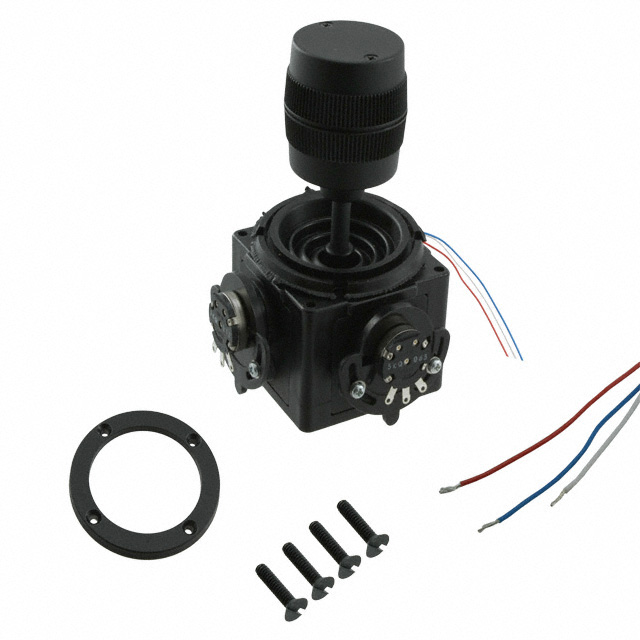
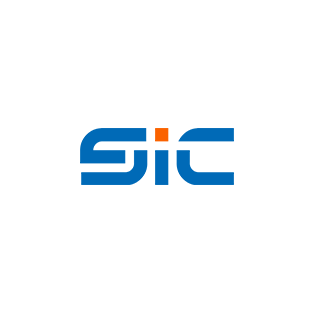

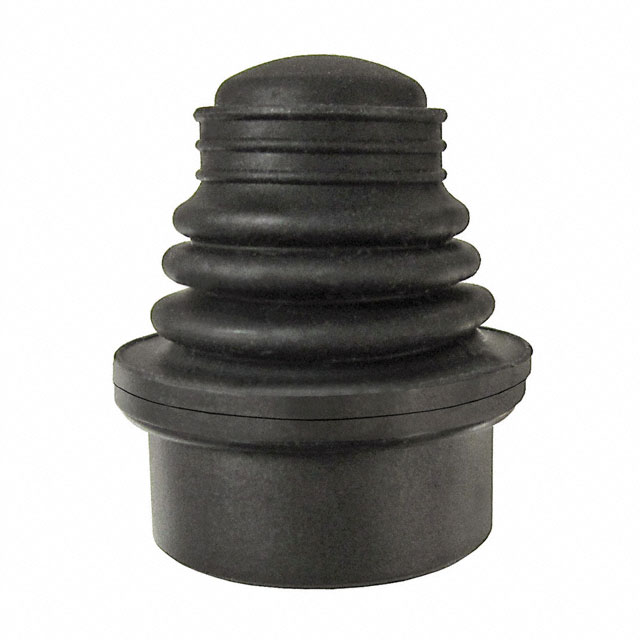
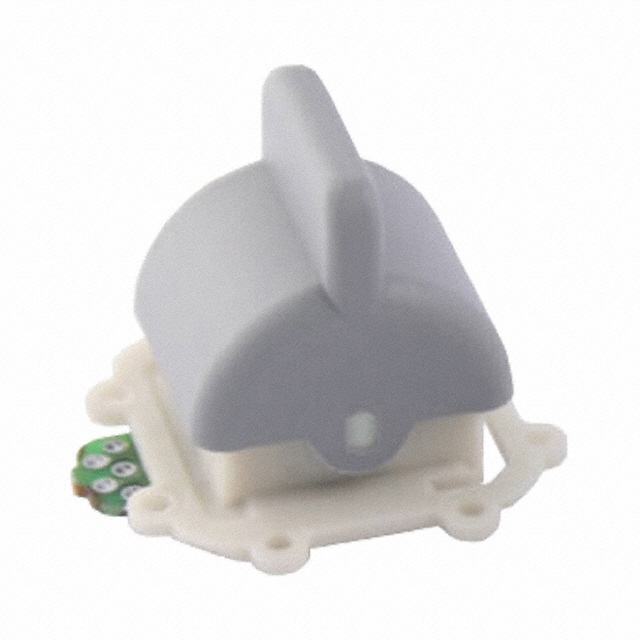
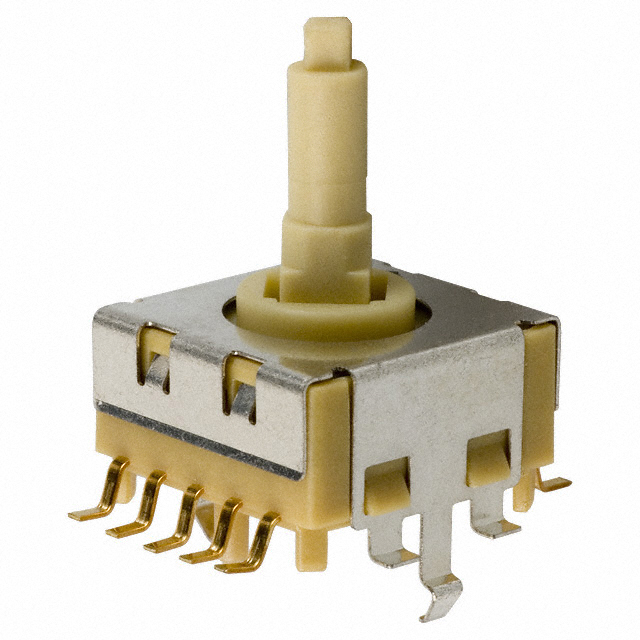
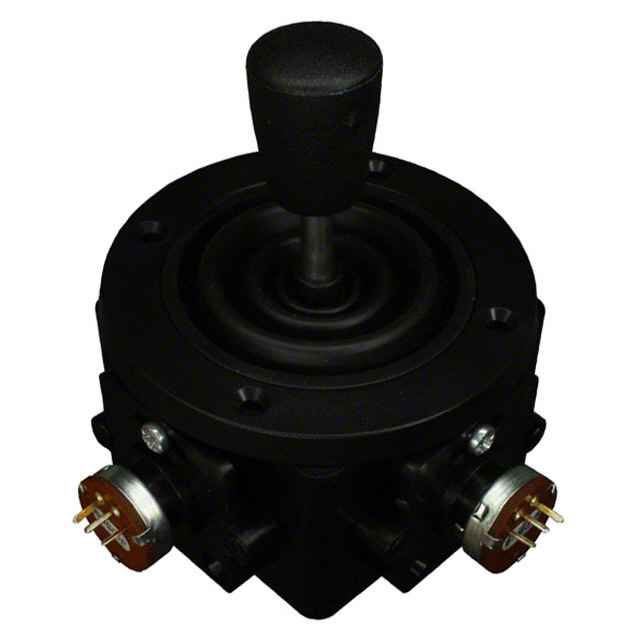










 Wishlist (0 Items)
Wishlist (0 Items)